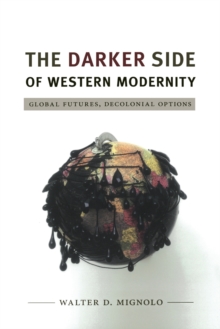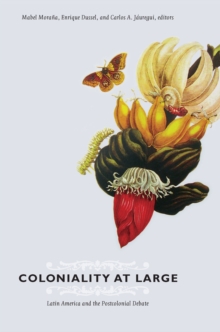
Chicana Sexuality and Gender : Cultural Refiguring in Literature, Oral History, and Art PDF
by Blake Debra J. Blake
Part of the Latin America Otherwise series
Description
Blake looks at how the Chicana professional intellectuals and the U.S. Mexicana women refigure confining and demeaning constructions of female gender roles and racial, ethnic, and sexual identities. She organizes her analysis around re-imaginings of La Virgen de Guadalupe, La Llorona, indigenous Mexica goddesses, and La Malinche, the indigenous interpreter for Hernan Cortes during the Spanish conquest. In doing so, Blake reveals how the professional intellectuals and the working-class and semiprofessional women rework or invoke the female icons to confront the repression of female sexuality, limiting gender roles, inequality in male and female relationships, and violence against women. While the representational strategies of the two groups of women are significantly different and the U.S. Mexicanas would not necessarily call themselves feminists, Blake nonetheless illuminates a continuum of Chicana feminist thinking, showing how both groups of women expand lifestyle choices and promote the health and well-being of women of Mexican origin or descent.
Information
-
Download - Immediately Available
- Format:PDF
- Pages:312 pages
- Publisher:Duke University Press
- Publication Date:31/10/2008
- Category:
- ISBN:9780822381228
Information
-
Download - Immediately Available
- Format:PDF
- Pages:312 pages
- Publisher:Duke University Press
- Publication Date:31/10/2008
- Category:
- ISBN:9780822381228










